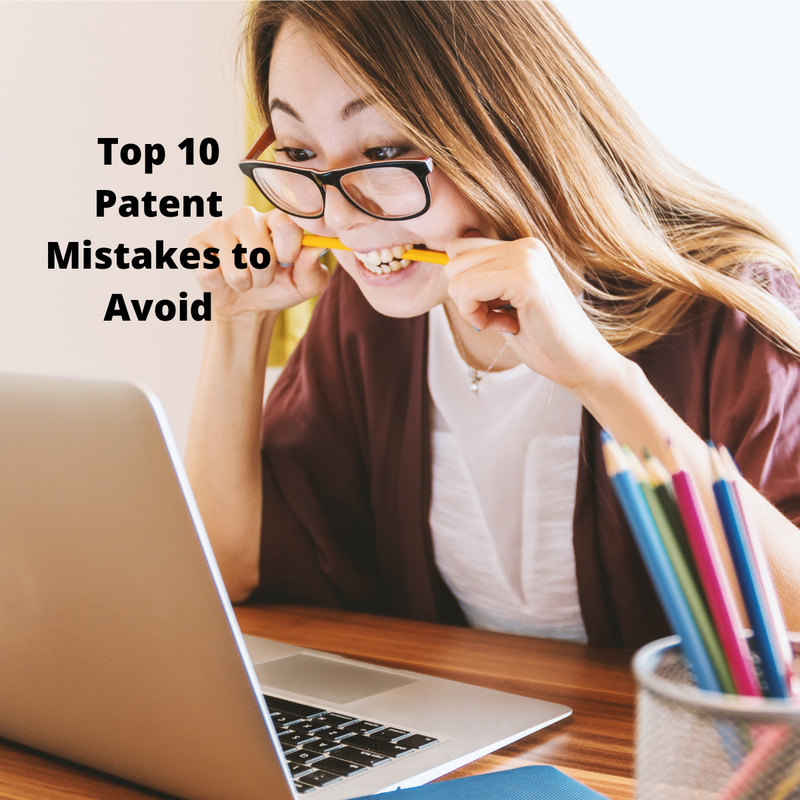- Launching your product before filing patent application
Once you launch a product on a website, social media, or anywhere, it is in the public domain. This starts a time bar. If you don’t file within a year of releasing, then you are barred from obtaining a patent. The invention is considered donated to the public. The U.S., like other countries have done for some time, is now a first to file system. Another could file an application on a similar device or method and obtain a patent, excluding you from making and using your invention.
- Publicly using invention before filing patent application
Like launch of a product, using your invention in public starts a time bar clock. You must file within a year of a first public use. There are certain allowances for research purposes, but you must prove you made an effort to keep the device or method private during testing.
- Publishing before filing patent application
Like a product launch or public use, publication on a website or printed publication starts a time bar clock. You have one year from publication to file an application or you lose the right to obtain a patent. Any public use, publication, or launch of a product is a risk of another filing an application before you file yours, which would negate your patent rights as well in our first to file system.
- Filing too soon
If you file an application before you have your final product design complete, you could waste time and money in filing an un-needed application. If you have a product, method, or idea in a fast moving technical field, I suggest filing a provisional patent application, or multiple provision applications as your invention evolves. I can aid you in filing a provisional application and help you learn if this is right for your case.
- Filing too late
As noted in part one of this series, publication, product launch, or public use starts a time bar. You have one year from such an event to file an application or your patent rights are waived. If you want to do market testing, public product evaluation, or publicly seek investment funds, file a provisional application first. I can aid you in filing a provisional application that protects your idea.
- Submitting badly written provisional patent application
For a provisional application to serve as a priority document (i.e. save your date) there needs be enabling disclosure. Not enabling your idea is the biggest mistake most people make when filing a provisional application.
- Not getting a professional patent search
The internet is an amazing thing and Google Patents as well as the Advanced Google Patent Search site are great places to start if you want to know if others have filed applications or have granted patents on items similar to your idea/invention. But having a professional who knows how to find patent technology area categories, find prior art of applications and patents, and use keywords and search terms correctly is key. Granted, even a professional searcher can’t guarantee 100% that every reference will be found, but they can help you get a more comprehensive view of the patent landscape. Beyond knowing prior art, a patent search can help you craft your patent application to differentiate your idea from others.
- Not doing an internet search
Again, the internet is a wonderful thing, and in this case, please use it. Search Google and other search sites with keywords for similar products. I suggest doing this before or requesting that your professional searcher do this as well. Note company names to see if that company has published patent applications or granted patents on their products. This can also tell you if there is already too much competition with a certain product and whether your investment will be worthwhile.
- Filing the wrong type of patent application
There are several types of nonprovisional patent applications. Which application test is best for your product or idea depends on prior art and the product/idea itself as well as your goals for the product and budget. Utility applications apply to inventions drawn to new and useful methods, articles of manufacture, or compositions. Utility applications are the most common for protecting a new product or method and provide the best protection. Design applications apply to the aesthetic value of an article, the shape of a pillow, key, bookcase, for instance, or any physical good. A design patent is a good vehicle if your idea does not rise to the standard of novelty and non-obviousness required for utility applications. (Note: Other forms of protection such as Trade Dress and Copyright may be applicable to purely decorative, non-functional design articles.)
- Filing too narrow of a patent application
Filing too narrow of a disclosure and claims in your application can leave your product or method poorly protected.
I hope this information is beneficial to you. If you have questions or need advice or assistance with patent applications, trademarks, or copyright, schedule a meeting here or call me at 303-862-0862.
Tricia Brzostowicz
Registered Patent Agent
Superior Patent Group, LLC
tricia@superiorpatentgroup.com
©2021, Superior Patent Group, LLC


